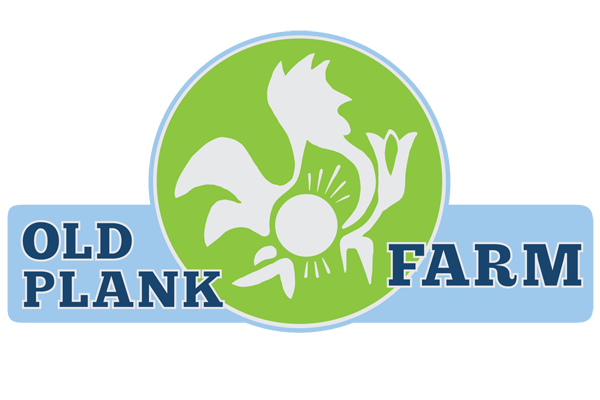One piece of advice for any small, diversified farmer is this: when considering purchasing equipment, only do so if the new tool serves at least two purposes on the farm.
At Old Plank Farm we often follow this advice, and we're very good at making the most out of our limited equipment and machinery. One of the most handy tools now, as we plant the first crops of the season, is an old Buckeye Bed-maker. It's an implement pulled by the tractor that we used to use for shaping our fields into raised beds. But as we scaled up our production, we found it was no longer useful for making beds. We have more efficient ways to make our beds now. So I pulled some parts off the implement and turned it into a potato planter (I don't own an official potato planter, since it would only serve one purpose—planting potatoes one or two days each year—and that does not fit the rule of small-farm purchasing!).
Planting the first peas last week on my bed-maker/potato planter/pea planter….!
My homemade potato planter works as well as any. I can sit comfortably with a 50 lb crate of seed potatoes and drop them in the ground a foot apart while the implement digs the furrow and then buries the seeds. When I'm done the rows are straight and I am not tired at all. I can plant at least 1000 lbs of seed potatoes in a day and have plenty of energy left at the end of it. This same tool, when it's parts are shuffled around again a bit, makes a great pea planter. Shuffle parts around again and it's a leek-hiller. Shuffle again and it loosens the edges of root-crop beds to prepare them for digging at harvest time.
This tool saves me hours and days of tiring labor. However, it doesn't look like much of anything to someone not very familiar with farm implements. So when trying to explain its many uses, I always feel a bit like Calvin with his cardboard box in the following “Calvin and Hobbes” comic strip:


